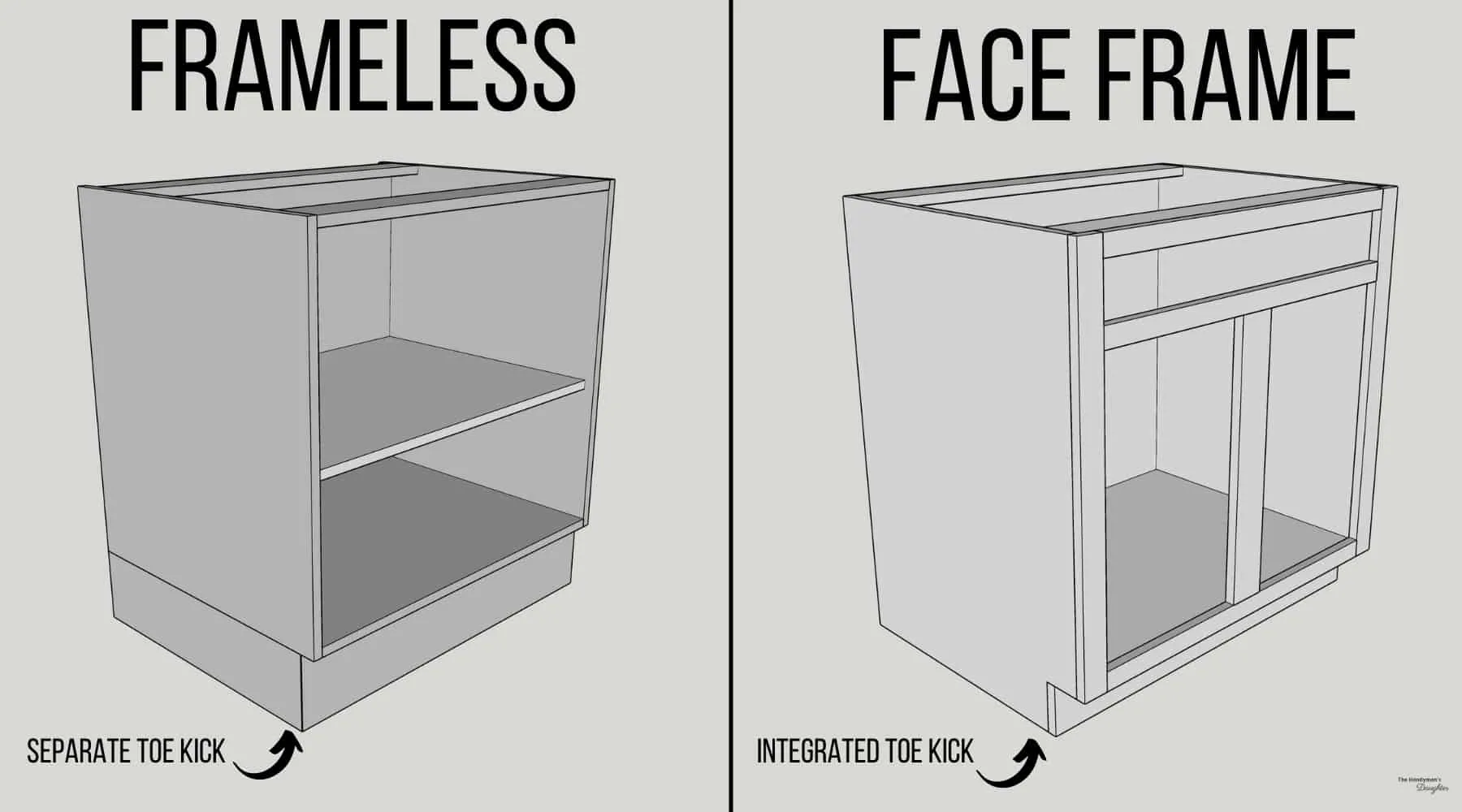Design Considerations for Country Door Corner Cabinets

Country door corner cabinets offer a blend of functionality and charm, perfectly complementing various country-style interiors. Their design elements, from material choices to hardware details, significantly impact their overall aesthetic and practical use. Understanding these considerations is key to selecting the perfect cabinet for your space.
Typical Design Features of Country Door Corner Cabinets
The design of a country door corner cabinet is characterized by a specific set of features that contribute to its rustic and inviting appeal. These features often combine practicality with a sense of handcrafted charm.
- Materials: Common materials include solid wood (pine, oak, cherry), reclaimed wood, or wood veneers. The choice of wood influences both the cabinet’s durability and its visual character.
- Finishes: Finishes often emphasize the natural beauty of the wood. Popular options include distressed finishes, painted finishes (often in muted colors like cream, beige, or sage green), and clear or lightly stained finishes.
- Hardware: Hardware plays a crucial role in defining the style. Common choices include antique brass, brushed nickel, or black iron knobs and pulls. These details add a touch of rustic elegance or farmhouse simplicity.
- Construction: Many country door corner cabinets feature traditional joinery techniques, adding to their handcrafted feel and durability. Dovetail joints or mortise and tenon joints are examples of such techniques.
- Glass-paned Doors: Some designs incorporate glass-paned doors, allowing for the display of decorative items or china, further enhancing the visual appeal.
Comparison of Country Corner Cabinet Styles
Different country styles influence the design aesthetics of corner cabinets in distinct ways. The following table highlights these differences:
| Style | Materials | Finishes | Hardware |
|---|---|---|---|
| Farmhouse | Reclaimed wood, painted pine | Distressed white or light grey paint | Simple black or zinc hardware |
| French Country | Light oak, cherry | Soft, muted colors (cream, beige, pale blue) | Antique brass or pewter hardware |
| Rustic | Rough-hewn wood, possibly with bark accents | Natural wood finishes, possibly with a dark stain | Simple, possibly forged iron hardware |
| Shabby Chic | Painted wood, possibly with distressing | Multiple layers of paint with chipped edges | Ornate, possibly slightly tarnished metal hardware |
Functionality of Corner Cabinets in Kitchen and Dining Room Settings
Corner cabinets are invaluable for maximizing storage space in kitchens and dining rooms, often in areas otherwise difficult to utilize. They offer clever solutions for organizing various items.
- Storage Solutions: Corner cabinets can accommodate a variety of items, including dishes, cookware, pantry staples, linens, and serving pieces. Adjustable shelves allow for customization based on the size and shape of stored items.
- Space Optimization: By utilizing the often-wasted corner space, these cabinets provide efficient storage without sacrificing valuable floor space. Clever designs, such as lazy Susans or pull-out shelves, further enhance accessibility.
- Aesthetic Integration: A well-designed corner cabinet seamlessly integrates with the overall kitchen or dining room aesthetic, contributing to a cohesive and visually pleasing space.
Detailed Description of a Hypothetical Country Door Corner Cabinet
This hypothetical cabinet embodies the charm of a French Country style.
Dimensions: 36″ wide x 24″ deep x 72″ high
Materials: Solid oak wood with a lightly distressed, cream-colored finish.
Unique Design Elements: Features glass-paned doors framed with delicate molding, showcasing decorative china. Antique brass knobs and pulls add a touch of elegance. The interior includes two adjustable shelves and a pull-out drawer for cutlery. A small, decorative crown molding tops the cabinet.
Manufacturing and Sourcing of Country Door Corner Cabinets

The creation of a country door corner cabinet involves a complex interplay of material selection, manufacturing processes, and ethical sourcing. Understanding these aspects is crucial for producing high-quality, durable, and responsibly made furniture. This interview delves into the specifics of bringing these charming cabinets to life.
Country door corner cabinet – The manufacturing process is a blend of traditional craftsmanship and modern techniques, resulting in a product that balances rustic charm with modern functionality.
Materials Used in Construction
Country door corner cabinets typically utilize a range of materials, each contributing to the overall aesthetic and functionality. The choice of materials often influences the final price and the cabinet’s longevity.
Common wood types include pine, oak, and maple. Pine offers affordability and a readily paintable surface, while oak provides a more robust and luxurious feel, and maple boasts a lighter, cleaner aesthetic. Finishes range from simple stains highlighting the wood grain to painted surfaces in a variety of colors, often echoing traditional farmhouse styles. Hardware, such as hinges, knobs, and pulls, can be chosen to complement the overall design, from antique-style brass to sleek, modern nickel. The selection of these elements significantly impacts the final look and feel of the cabinet.
Manufacturing Process
The creation of a country door corner cabinet follows a detailed process, ensuring quality and consistency.
A step-by-step breakdown of the manufacturing process illustrates the meticulous nature of cabinet making.
- Design and Planning: Detailed blueprints are created, specifying dimensions, wood types, and hardware. This stage also incorporates any custom requests from the client.
- Material Sourcing and Preparation: Wood is sourced from suppliers, ensuring quality and adherence to sustainability standards. The wood is then cut, planed, and sanded to the precise dimensions required.
- Cabinet Construction: Experienced craftsmen assemble the cabinet using joinery techniques such as mortise and tenon or dowel joints. This ensures strength and durability.
- Door and Drawer Assembly: Doors and drawers are constructed separately, incorporating the chosen hardware. Precise fitting is essential for smooth operation.
- Finishing: The cabinet undergoes sanding, staining, or painting, followed by a protective topcoat. This step enhances the appearance and protects the wood from damage.
- Quality Control: A thorough inspection is conducted to ensure that the cabinet meets quality standards before packaging and shipping.
Sourcing of Materials and Sustainable Practices
Ethical and sustainable sourcing is paramount in responsible furniture manufacturing.
The sourcing of materials is carefully managed to minimize environmental impact and ensure fair labor practices. This includes selecting wood from sustainably managed forests, utilizing recycled materials where possible, and partnering with suppliers who adhere to ethical labor standards. For example, using reclaimed wood for certain cabinet components not only reduces environmental impact but also adds a unique character to the final product. Certifications like the Forest Stewardship Council (FSC) are sought to ensure the wood originates from responsibly managed forests. Similarly, the cabinet hardware is selected considering its recyclability and the environmental impact of its manufacturing process.
Hypothetical Supply Chain
The journey of a country door corner cabinet from raw materials to finished product involves a multi-stage supply chain.
A clear understanding of the supply chain is crucial for effective management and ensuring quality control at every step.
- Forestry: Sustainable harvesting of wood from certified forests.
- Sawmill: Processing of logs into lumber, ensuring minimal waste.
- Wood Supplier: Distribution of lumber to the cabinet manufacturer.
- Cabinet Manufacturer: Production of the cabinet, incorporating all components.
- Hardware Supplier: Provision of hinges, knobs, and other hardware.
- Finishing Supplier: Supply of stains, paints, and protective coatings.
- Warehouse and Distribution: Storage and shipment to retailers or directly to consumers.
Styling and Placement of Country Door Corner Cabinets
Country door corner cabinets offer a unique blend of functionality and aesthetic appeal, perfectly suited for enhancing various interior design styles. Their versatility allows for seamless integration into diverse spaces, from rustic farmhouses to modern cottages, provided the styling and placement are carefully considered. Understanding how to best utilize these cabinets is key to maximizing their impact.
Incorporating Country Door Corner Cabinets into Different Interior Design Schemes
The adaptability of country door corner cabinets makes them suitable for a wide range of interior design styles. The key lies in choosing the right finish, hardware, and accessories to complement the overall aesthetic.
| Design Scheme | Cabinet Styling |
|---|---|
| Rustic Farmhouse | Distressed wood finish, wrought iron hardware, possibly a slightly weathered look. Imagine a cabinet with a warm honey tone, slightly chipped paint on the edges, and simple, black iron knobs. |
| Modern Cottage | Clean lines, a painted finish (perhaps a soft pastel or crisp white), and simple, brushed nickel hardware. Picture a cabinet with a smooth, creamy white finish, sleek silver knobs, and glass panes in the doors to display pretty china. |
| Shabby Chic | A lighter wood finish with a distressed or painted look, delicate hardware, and possibly floral accents. Think of a cabinet with a light grey wash finish, slightly distressed, adorned with small, antique-style brass knobs and perhaps a delicate floral decal. |
| Transitional | A balance of traditional and modern elements. This could involve a neutral wood finish with updated hardware, or a painted cabinet with clean lines and contemporary details. A cabinet in a rich, dark walnut stain, with sleek chrome pulls, would exemplify this style. |
Enhancing Aesthetic Appeal with Lighting and Accessories
Strategic lighting and carefully chosen accessories can significantly elevate the visual impact of a country door corner cabinet.
Lighting options range from simple under-cabinet lighting to more elaborate integrated systems. Recessed LED strip lights can provide soft, ambient illumination, highlighting the cabinet’s details and the items displayed within. A small, decorative pendant light above the cabinet could also create a focal point. For a rustic feel, consider using Edison-style bulbs. Accessories such as decorative plates, pottery, or small baskets can add visual interest and personality. The placement of these accessories should be thoughtfully considered to avoid overcrowding.
Placement Options for Corner Cabinets in Various Room Layouts
The placement of a corner cabinet should prioritize both functionality and aesthetics. In a kitchen, positioning it near a sink or cooking area improves workflow. In a dining room, placement near a buffet or serving area makes sense. In a living room, a corner cabinet can provide additional storage and display space while also serving as a decorative element. Traffic flow should be carefully considered; avoid placing the cabinet in a high-traffic area where it could obstruct movement. Accessibility is also crucial; ensure the cabinet’s contents are easily reached without requiring excessive bending or stretching.
Sample Article Rewrite (Original Article Not Provided)
*(Since the original article was not provided, this section cannot be completed. Please provide the article to be rewritten.)*
